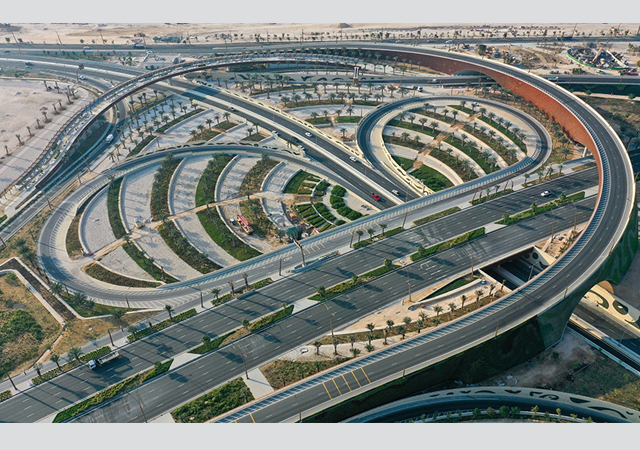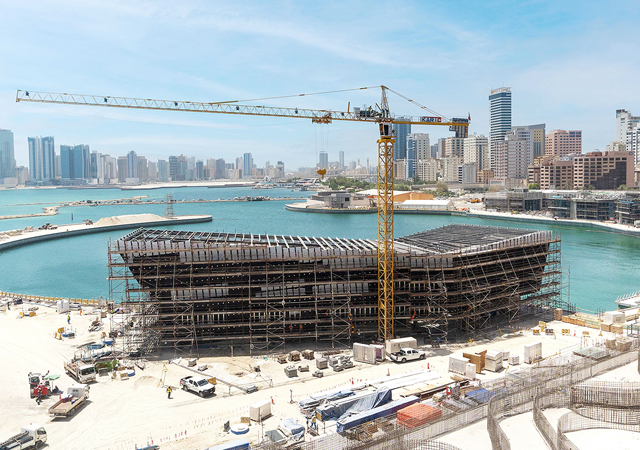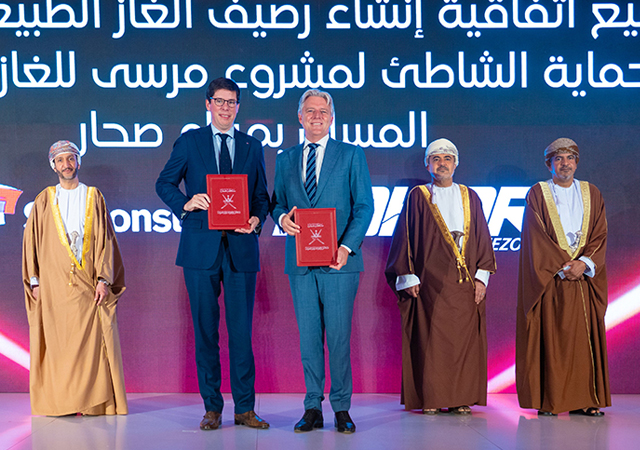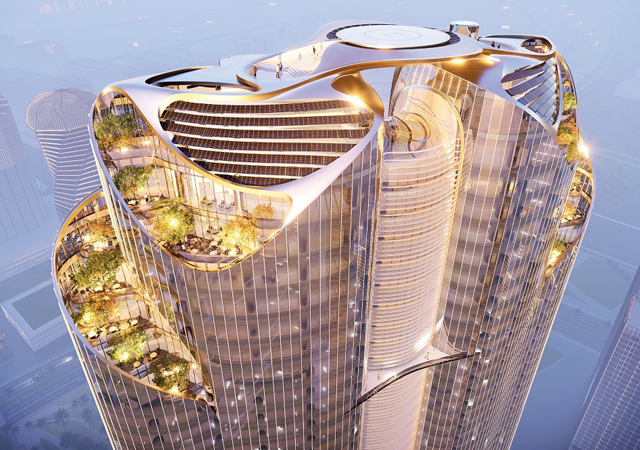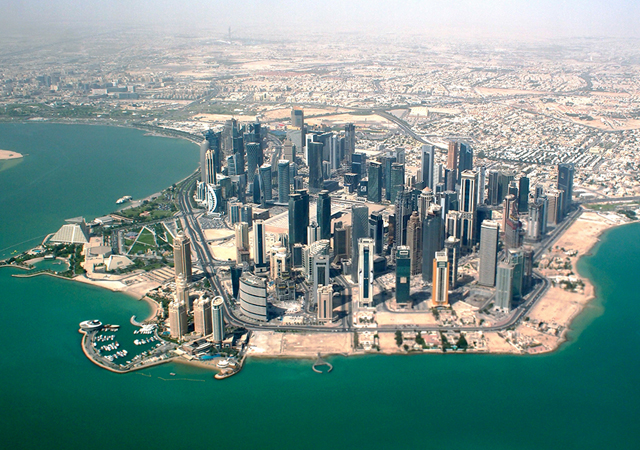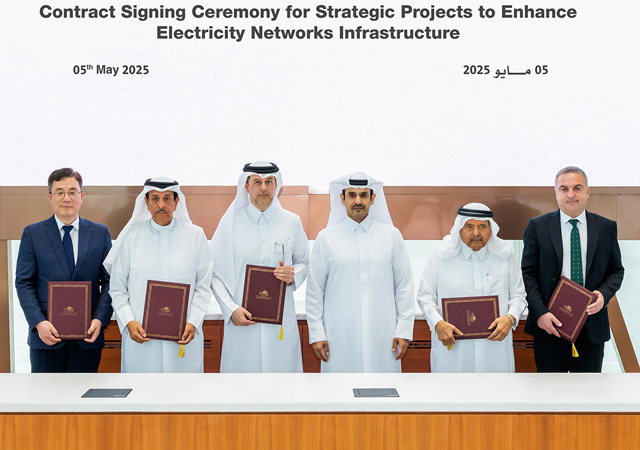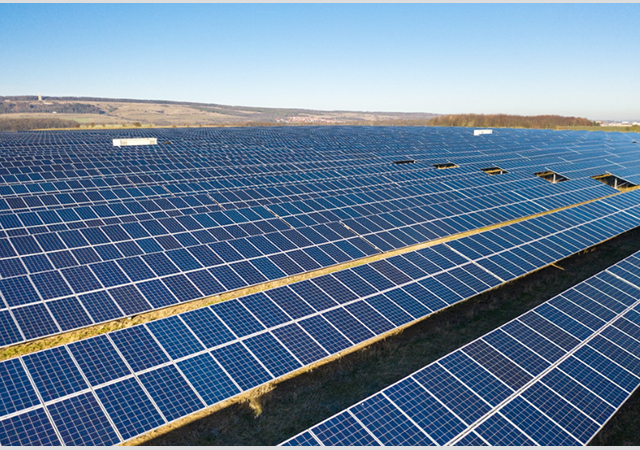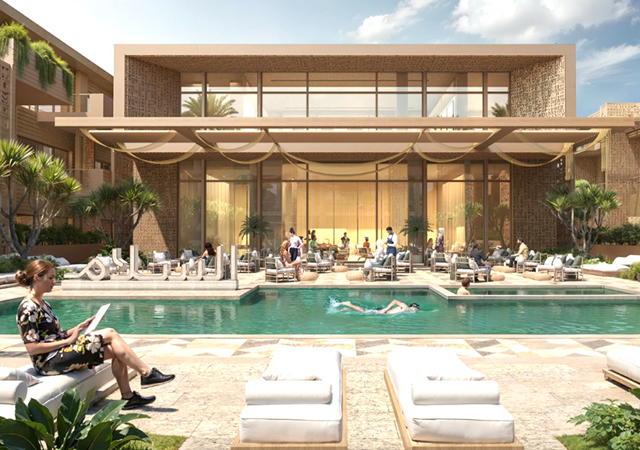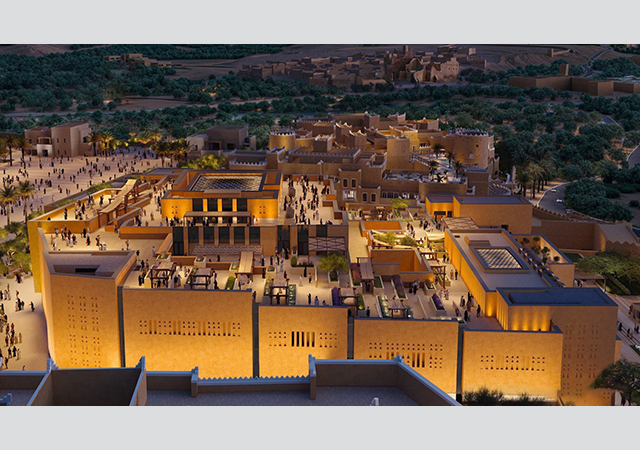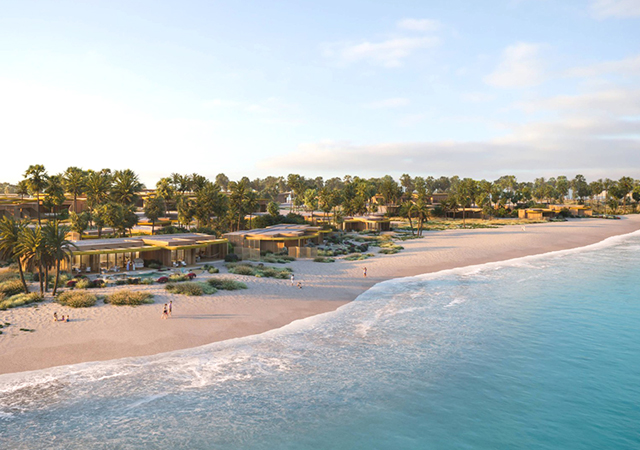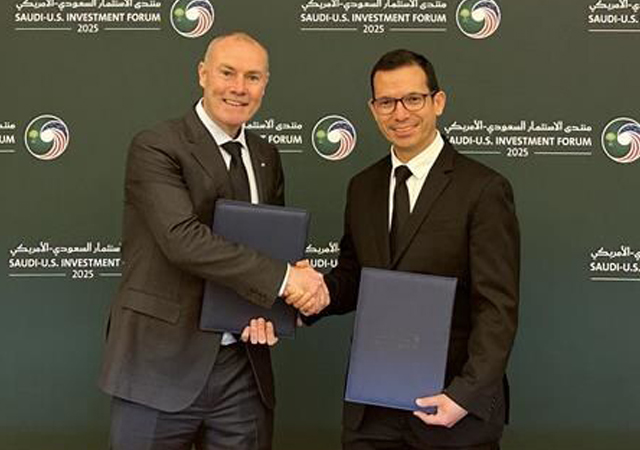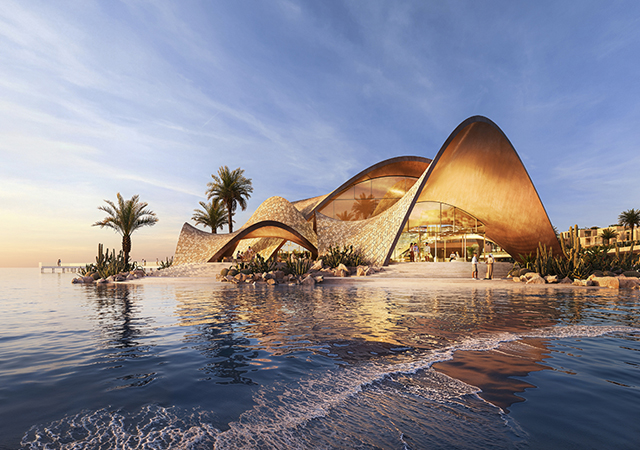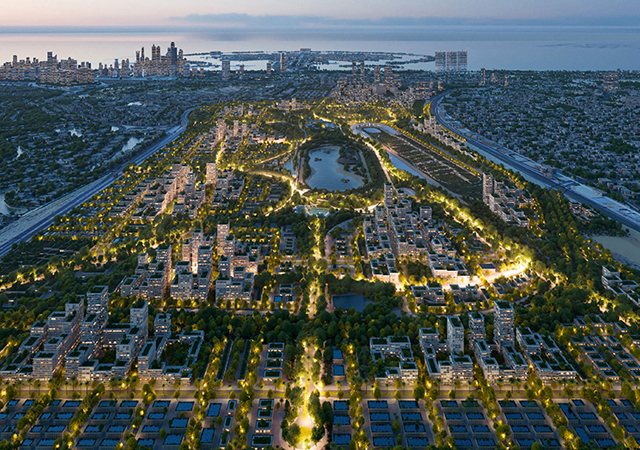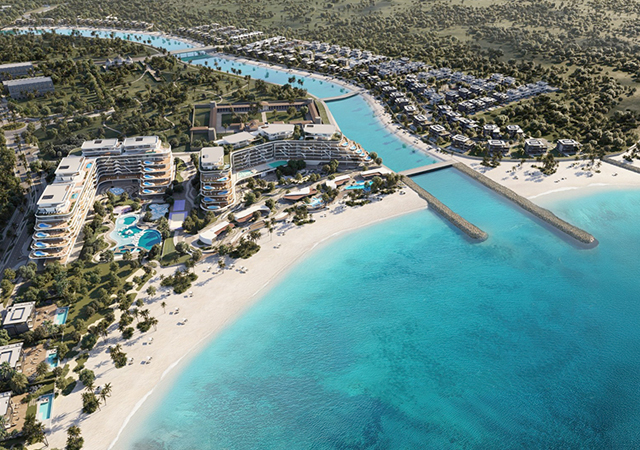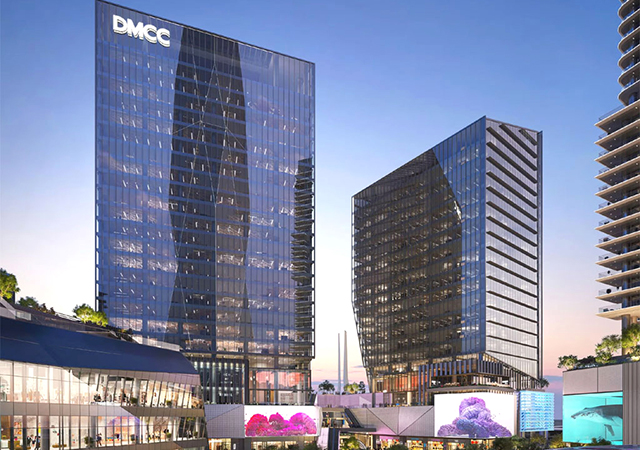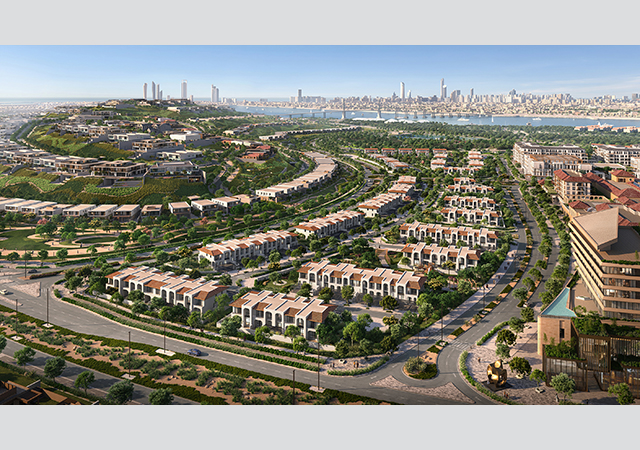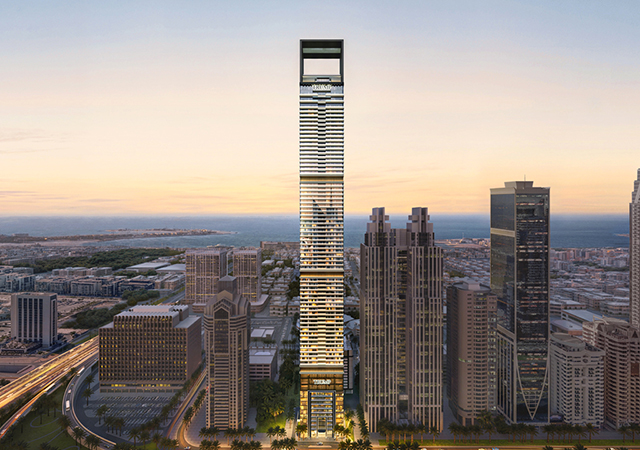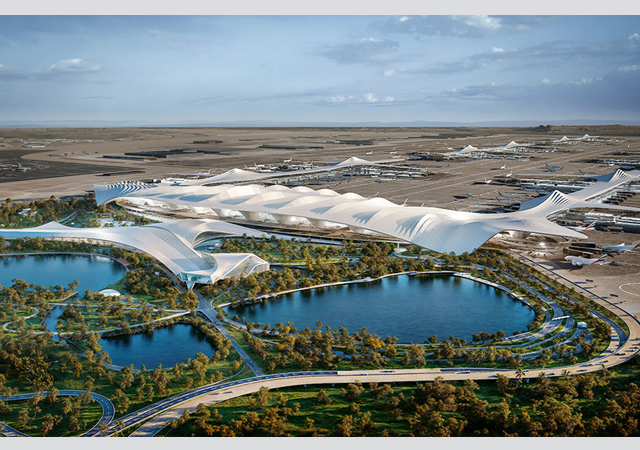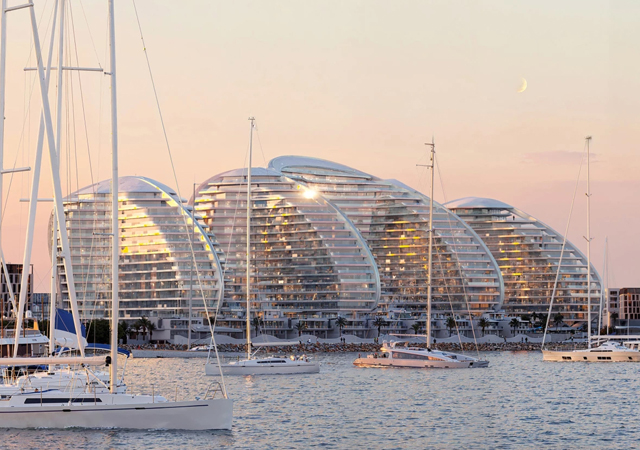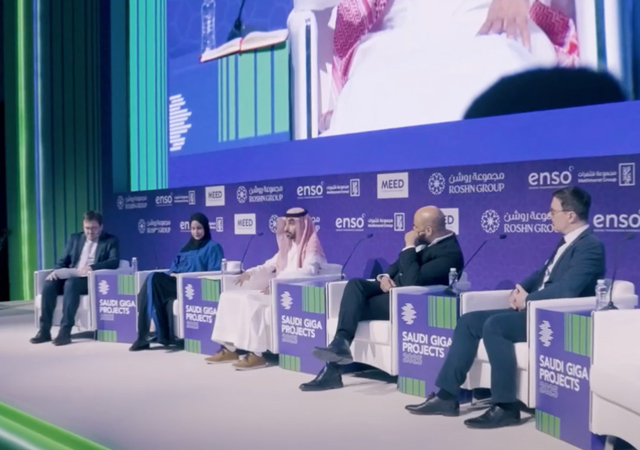
 Taylor … committed to helping British business get a foothold in the Gulf.
Taylor … committed to helping British business get a foothold in the Gulf.
More than 60 British companies will attend the Big 5 exhibition this year, making it will be one of the largest missions the UK has ever sent to such an event.
“This is not surprising,” Paul Taylor, head of the Middle East team at UK Trade & Investment (UKTI), tells Gulf Construction. “The construction boom in the Gulf has indeed caught the imagination of the world, and not just industry watchers. British newspapers increasingly feature articles about new and spectacular hotels, massive buildings projects, new islands off the Gulf coasts, or impressive transport and infrastructure projects.”
“Many British companies are already out here in the Gulf, winning and delivering projects. But with the global economy facing difficult times, the importance of the Gulf to UK companies is likely to grow,” he says.
UK Trade & Investment, the government organisation that helps UK-based companies succeed in international markets, is committed to helping British business to get a foothold in the Gulf, Taylor adds.
In such efforts, it sponsors UK pavilions at major international building and construction exhibitions each year including the Big 5 show in Dubai. The UK pavilion at this year’s event is expected to dominate Hall 2 and is being coordinated by the Construction Products Association, in collaboration with its exhibition/international event management partner Building Exhibitions Management.
The UKTI is demonstrating its commitment to the Gulf region by organising one of its most ambitious projects at the time of the Big 5 exhibition. ‘Britain in the Region’ will be held in the Habtoor Grand Resort & Spa on 27 November, and will bring together a visiting British trade group of more than 150 UK-based delegates, over 100 British companies and organisations already based in the Gulf, UK Trade & Investment managers from across the whole of the Middle East and North Africa (Mena), other local UAE-based companies and regional trade and investment promotion bodies.
The objective, according to him, will be to offer British companies a one-stop-shop, for a day only, offering advice, commercial opportunities and information on the whole of the Mena region. “We expect this to consequently generate a significant amount of business, and it will undoubtedly raise awareness in the UK of the significant business opportunities here in the Gulf.”
Enquiries about how ‘Britain in the Region’ can add value to visitors to Big 5 exhibitors and other British companies in Dubai should be directed to the UK Trade & Investment office in London, he adds.
Speaking on the strengths of companies from the UK, Taylor says: “British companies excel in innovative technologies, and the region’s increasing focus on green and sustainable developments is an area where the UK can make a significant contribution. The facilities and maintenance sub-sectors also offer great opportunities with the increasing number of complex projects nearing completion and requiring maintenance and repair in the future. UK companies have done well over the last few years, and have been associated with most of the landmark projects in Dubai, either as contractors or consultants/project managers. There is no reason why the UK cannot improve on this record, and the Big 5 should be the springboard for future success.”
One of the common perceptions that British companies overseas have to counter is that while their reputation for quality is excellent, the UK is seen as more expensive than some of its competitors, according to him. “However,” he points out, “whether this is true or not, the sterling’s fall against the dollar has made it now easier to counter this perception, and this combination of quality, track record, and increasing competitiveness on price should benefit the UK and its business ambitions.”
Commenting on the region’s pace of growth in construction, Taylor says: “Despite oil and gas prices falling back from record highs earlier in the year, they are still significantly up on forecasts made a year ago, and this extra liquidity is likely to continue to fuel activity for the foreseeable future. And although the more glamorous building projects have received the lion’s share of publicity, the vast investments in power, water and transport infrastructure in all the Gulf markets are equally impressive. The future promises to bring more of the same, with some of the biggest mega-projects in the Gulf region (that is, King Abdullah Economic City, the Mile-High Tower, Friendship Bridge, and several massive railway projects) likely to enter the construction phase over the next year.”
But, are there any clouds on the horizon? A few, says Taylor: “The global slowdown has had little obvious impact on the pace of development in the Gulf thus far, but the growing costs of raw materials and labour are undoubtedly affecting the bottom line. The credit crunch has also made it harder to source project finance in certain areas and, as the rest of the world slows, there will be more competition for major projects in the Middle East. The emphasis will continue to be on quality and reliability, but with a growing focus on value for money.”




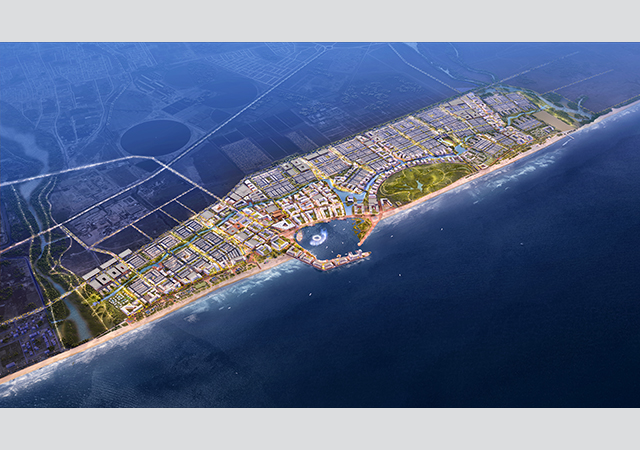
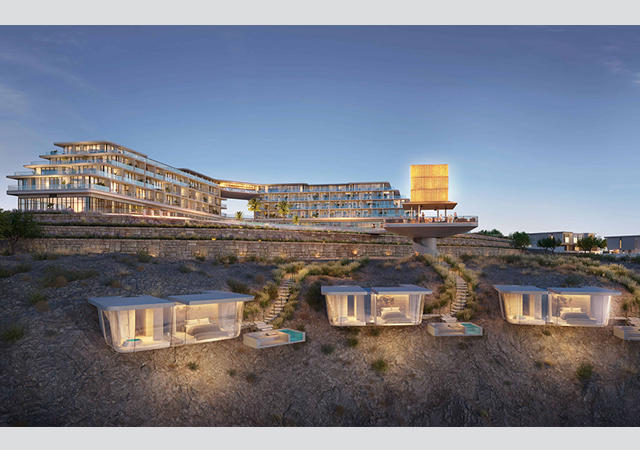


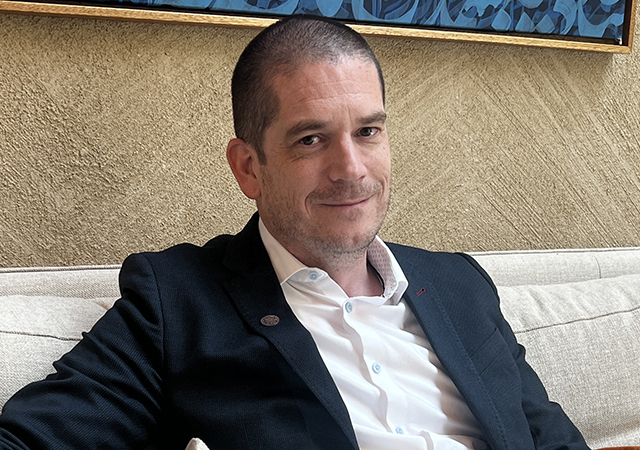


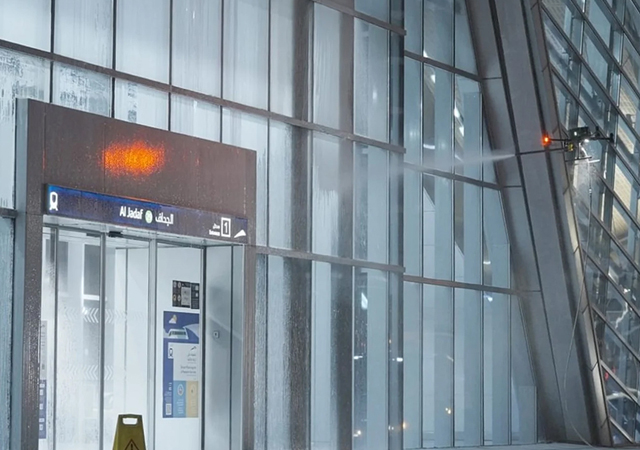
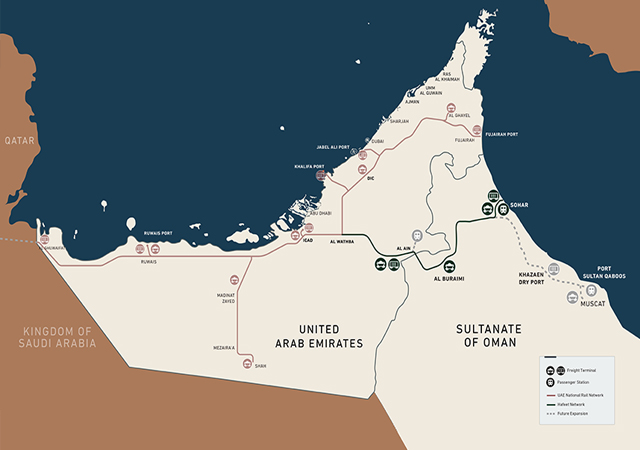
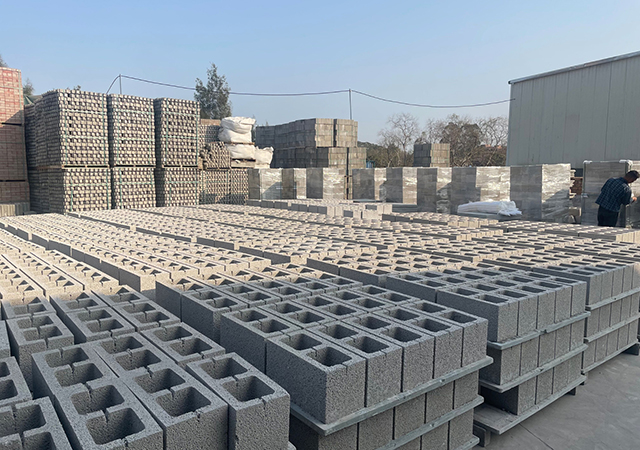
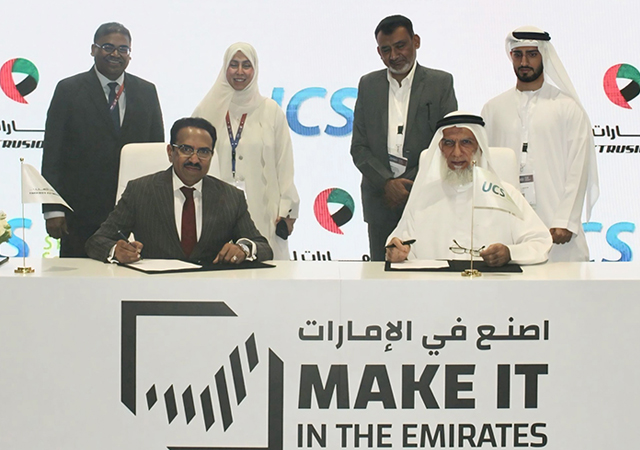
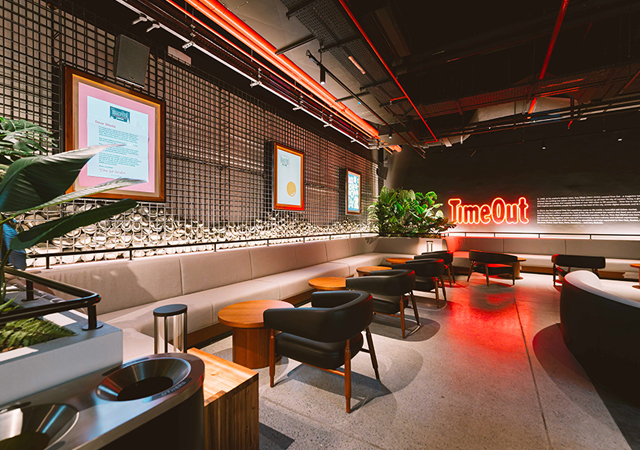
.jpg)
.jpg)

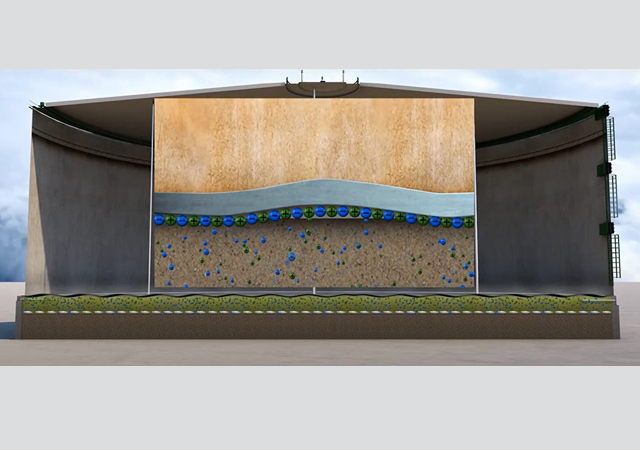
.jpg)
.jpg)

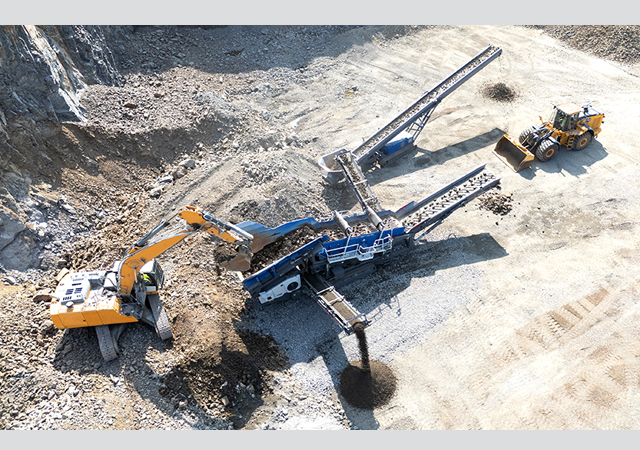
.jpg)
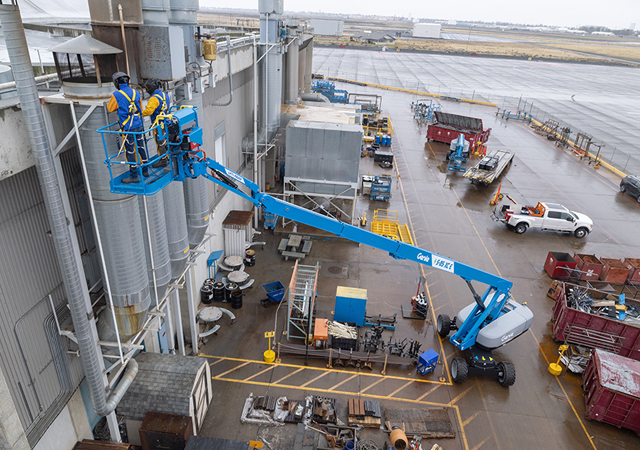
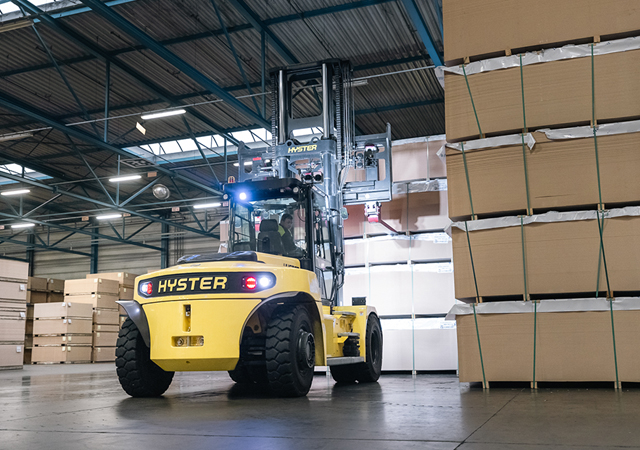
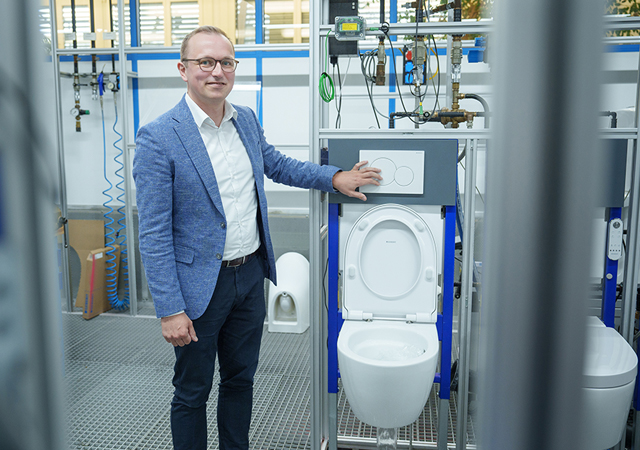

 Doka.jpg)


